The world of cleaning technology has taken a quantum leap forward with the advent of nanobot cleaning systems. These microscopic marvels represent not just an incremental improvement, but rather a complete paradigm shift in how we approach dirt and grime. Unlike traditional cleaning methods that rely on brute force or harsh chemicals, nanobots operate at the molecular level, targeting stains with surgical precision while leaving surfaces undamaged.
At the heart of this revolution are self-propelled nanomachines measuring mere billionths of a meter across. Engineered with specialized molecular receptors, these tiny cleaners can identify and latch onto specific stain compounds with remarkable accuracy. What makes them truly groundbreaking is their ability to break down organic stains into harmless byproducts through enzymatic reactions - essentially digesting dirt at the microscopic level.
The implications for both domestic and industrial cleaning are staggering. Imagine carpet fibers that never accumulate ground-in dirt, or hospital surfaces that continuously break down organic contaminants. Early adopters report surfaces staying cleaner for exponentially longer periods compared to conventional cleaning methods. The technology demonstrates particular promise in healthcare settings, where maintaining sterile environments is critical.
Unlike conventional disinfectants that simply kill surface bacteria, nanobot systems can actually remove the organic matter that bacteria feed on, preventing recolonization. This creates a fundamentally different cleanliness paradigm - rather than periodic deep cleaning followed by gradual recontamination, surfaces can maintain consistent hygiene levels through continuous nanoscale maintenance.
The science behind these cleaning nanobots draws from cutting-edge research in molecular manufacturing and biomimicry. Many systems take inspiration from biological processes, mimicking how white blood cells identify and neutralize pathogens or how enzymes catalyze specific chemical reactions. Some models even incorporate simple machine learning algorithms, allowing them to adapt their cleaning patterns based on surface usage and stain patterns.
Commercial implementations are already appearing in specialized markets. High-end appliance manufacturers have begun integrating nanobot cleaning systems into premium models of dishwashers and washing machines. These units claim to use significantly less water and energy while achieving superior cleaning results. The automotive industry has shown particular interest, with several luxury brands testing nanobot-based self-cleaning exterior treatments that could make car washes obsolete.
Environmental benefits may prove to be one of the technology's most significant advantages. By eliminating the need for harsh chemical cleaners and reducing water consumption, nanobot systems could dramatically decrease the ecological footprint of cleaning processes. Early lifecycle analyses suggest the technology could reduce cleaning-related water usage by up to 90% in some applications while completely eliminating many toxic cleaning agents from wastewater streams.
However, the technology isn't without its challenges. Questions remain about long-term durability of nanobot populations and potential surface wear from continuous microscopic activity. Some researchers have raised concerns about the environmental impact of large-scale nanobot deployment, though current systems are designed to biodegrade harmlessly after their operational lifespan.
The economic implications are equally profound. While initial costs remain high, proponents argue that the dramatic reduction in labor, water, and chemical expenses will make nanobot cleaning economically viable across numerous sectors. The commercial cleaning industry in particular stands poised for transformation, with potential savings in the billions annually.
Looking ahead, researchers are working on increasingly sophisticated versions of cleaning nanobots. Next-generation models may incorporate advanced sensors and AI to identify different stain types and adjust their cleaning approach accordingly. Some experimental systems can even self-replicate within certain parameters, maintaining an optimal cleaning population without external intervention.
As the technology matures, we may see nanobot cleaning become as ubiquitous as conventional cleaners are today. From self-cleaning clothing to buildings that maintain their own exteriors, the applications appear nearly limitless. What began as speculative nanotechnology has evolved into one of the most practical and immediately applicable implementations of nanoscale engineering.
The cleaning nanobot revolution represents more than just a new product category - it's a fundamental reimagining of what cleanliness means in the 21st century. As these microscopic cleaners become more sophisticated and widespread, they promise to transform not just how we clean, but our very relationship with dirt and hygiene.
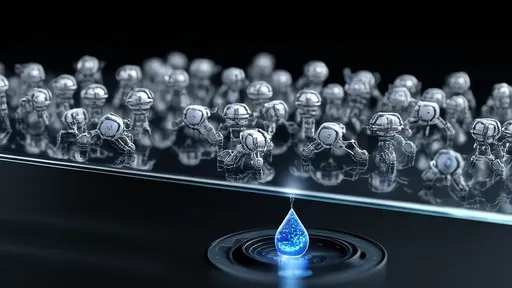
By /Jul 16, 2025

By /Jul 16, 2025
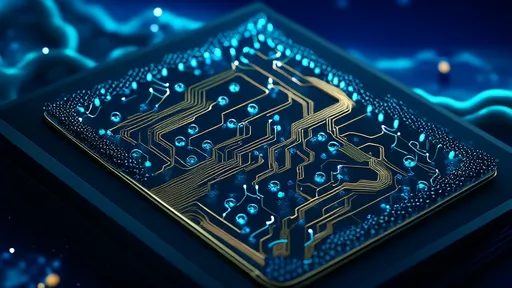
By /Jul 16, 2025

By /Jul 16, 2025

By /Jul 16, 2025

By /Jul 16, 2025
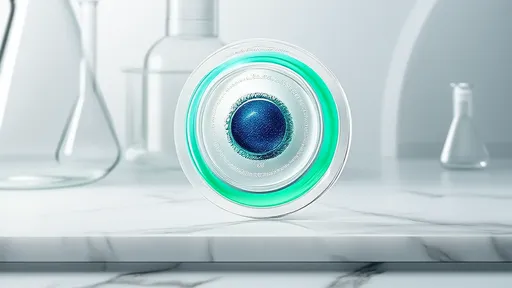
By /Jul 16, 2025

By /Jul 16, 2025

By /Jul 16, 2025
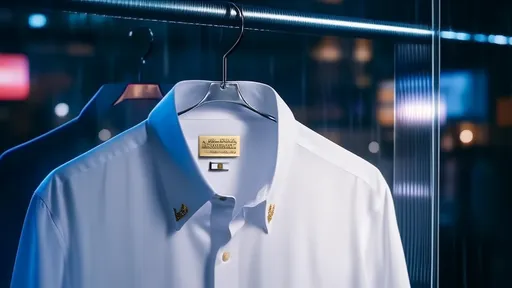
By /Jul 16, 2025

By /Jul 16, 2025
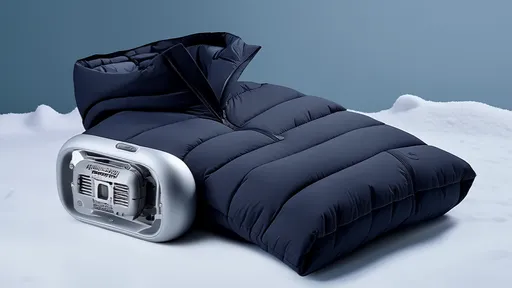
By /Jul 16, 2025
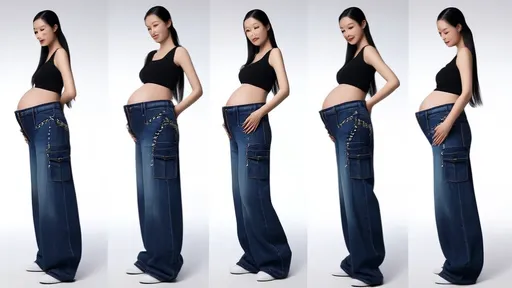
By /Jul 16, 2025

By /Jul 16, 2025
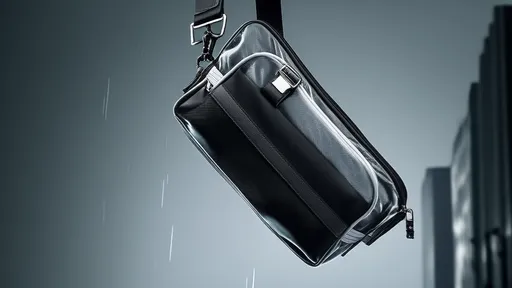
By /Jul 16, 2025
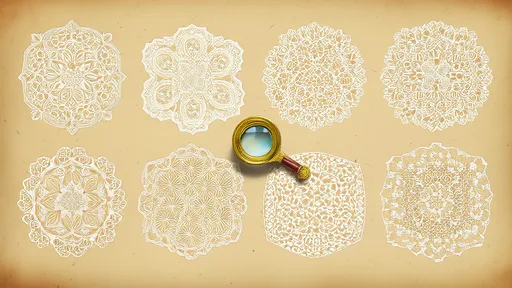
By /Jul 16, 2025
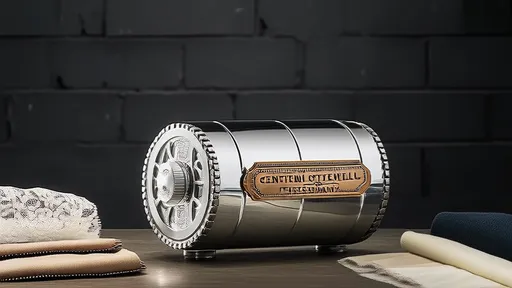
By /Jul 16, 2025

By /Jul 16, 2025